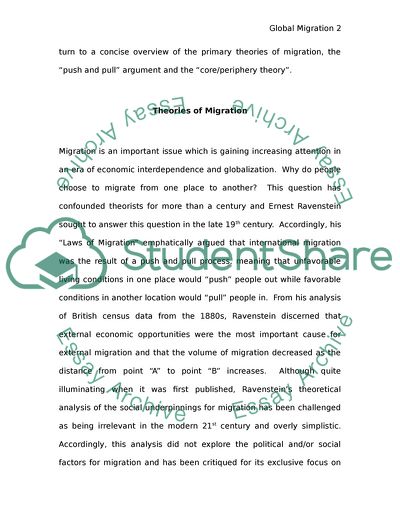Cite this document
(Theories of Migration and European Immigration Case Study, n.d.)
Theories of Migration and European Immigration Case Study. Retrieved from https://studentshare.org/politics/1724744-foreign-affairs-refugees
Theories of Migration and European Immigration Case Study. Retrieved from https://studentshare.org/politics/1724744-foreign-affairs-refugees
(Theories of Migration and European Immigration Case Study)
Theories of Migration and European Immigration Case Study. https://studentshare.org/politics/1724744-foreign-affairs-refugees.
Theories of Migration and European Immigration Case Study. https://studentshare.org/politics/1724744-foreign-affairs-refugees.
“Theories of Migration and European Immigration Case Study”. https://studentshare.org/politics/1724744-foreign-affairs-refugees.


